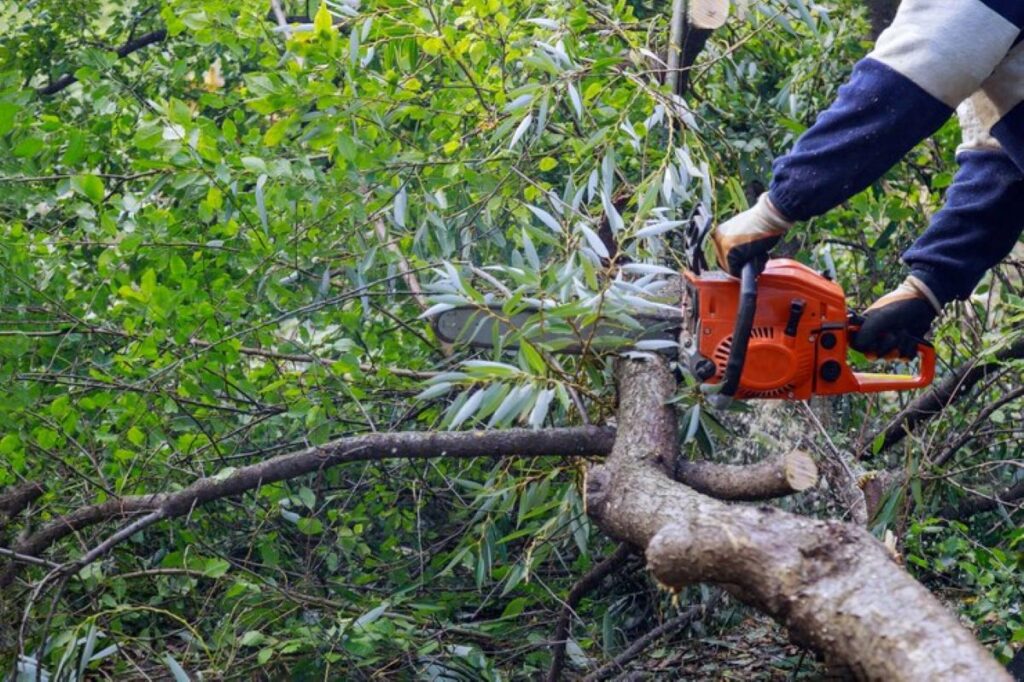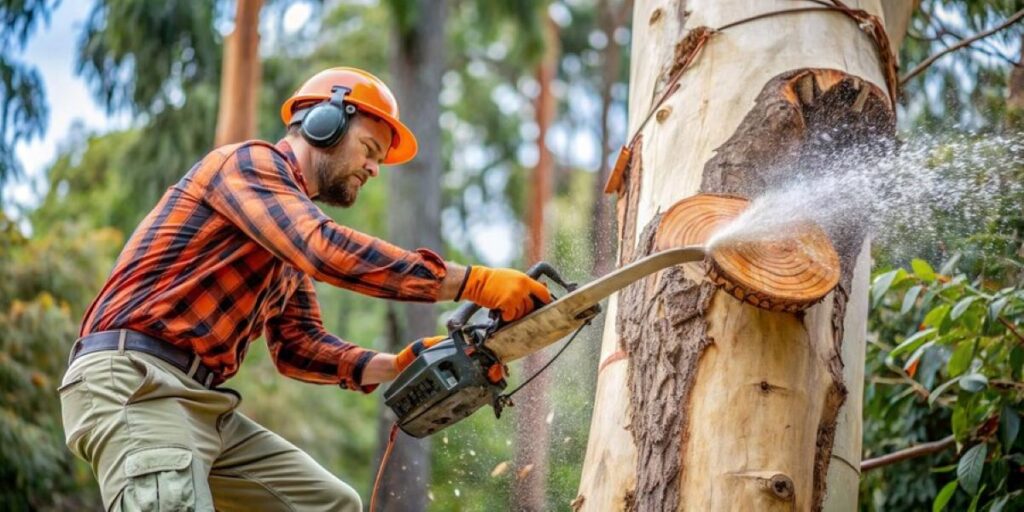Tree removal in Sydney is a significant decision that requires careful consideration and planning. Trees are not only vital components of our ecosystem, but they also provide aesthetic value and contribute to the overall health of our environment. However, there are circumstances where tree removal becomes necessary, whether due to safety concerns, disease, or property development. This comprehensive guide will explore the essential aspects of tree removal in Sydney, including legal requirements, safety precautions, and the environmental impact of cutting down trees.
Understanding the Reasons for Tree Removal
Safety Concerns
One of the primary reasons for tree removal is safety. Trees that are dead, diseased, or structurally compromised pose a significant risk to people and property. For instance, branches may fall unexpectedly during storms, leading to potential injuries or damage to homes and vehicles. If a tree is leaning precariously or has visible signs of decay, it is crucial to assess its condition and consider removal as a preventative measure.
Health of Surrounding Trees
Sometimes, removing a tree is necessary to protect the health of surrounding trees. Trees infected with pests or diseases can spread these issues to nearby flora. By removing the affected tree, you can help safeguard the overall health of your garden or landscape. Consulting with an arborist can provide insights into whether removal is the best course of action.
Property Development
In urban areas like Sydney, property development often necessitates tree removal. Whether you are building a new home, extending an existing property, or landscaping your garden, trees may need to be removed to make way for construction. It is essential to plan this process carefully to minimise environmental impact and adhere to local regulations.
Legal Considerations for Tree Removal in Sydney
Understanding Local Regulations
Before proceeding with tree removal Sydney, it is vital to understand the local regulations governing tree management in Sydney. The City of Sydney has specific guidelines that dictate when and how trees can be removed. In many cases, a permit is required, especially for significant trees or those located in heritage areas. Failing to obtain the necessary permits can result in hefty fines and legal repercussions.
Protected Trees and Significant Vegetation
Some trees are classified as protected under local laws due to their size, species, or historical significance. These trees often require a more rigorous assessment process before removal can be approved. It is advisable to consult with local authorities or an experienced arborist to determine if a tree is protected and what steps need to be taken to comply with regulations.
Consulting with Professionals
Engaging with professionals, such as certified arborists or tree removal services, can help navigate the complexities of local laws. These experts can provide guidance on the legal requirements and assist with the permit application process. Additionally, they can assess the tree’s condition and recommend the best course of action, ensuring compliance with all regulations.
Preparing for Tree Removal
Assessing the Tree’s Condition
Before removing a tree, it is essential to conduct a thorough assessment of its condition. Look for signs of disease, decay, or structural instability. An arborist can provide a professional evaluation and determine whether removal is necessary or if other treatments could prolong the tree’s life.
Planning the Removal Process
Planning is crucial for a successful tree removal process. Consider the tree’s location, surrounding structures, and potential hazards. Determine the best time for removal, taking into account the weather and seasonal factors. For instance, removing trees during dry seasons can reduce the risk of accidents and make the process more manageable.

Gathering Necessary Equipment
If you decide to proceed with tree removal yourself, ensure you have the appropriate equipment. This may include chainsaws, ropes, safety gear, and ladders. However, it is essential to note that tree removal can be dangerous, and hiring professionals is often the safest option. They have the necessary training and equipment to handle the job safely and efficiently.
Safety Precautions During Tree Removal
Personal Safety Gear
Safety should always be a top priority when removing a tree. If you choose to undertake the task yourself, wear appropriate personal protective equipment (PPE), including helmets, gloves, goggles, and sturdy footwear. This gear can help protect you from falling branches and other potential hazards.
Creating a Safe Work Zone
Establish a safe work zone around the tree to ensure that bystanders are kept at a safe distance. Inform neighbours and family members about the removal process and advise them to stay clear of the area. Additionally, consider the direction in which the tree will fall and clear any obstacles that may impede the process.
Emergency Preparedness
Despite taking all necessary precautions, accidents can happen. Have a first aid kit on hand and ensure that someone nearby knows how to respond in case of an emergency. Familiarise yourself with the nearest medical facilities and have a plan in place for quick access if needed.
Environmental Impact of Tree Removal
Understanding Ecosystem Balance
Removing a tree can have significant implications for the local ecosystem. Trees provide habitat for various wildlife and contribute to soil health and air quality. Before proceeding with removal, consider the broader environmental impact and explore alternatives, such as pruning or relocating the tree if feasible.
Replanting and Restoration
If tree removal is necessary, consider replanting to mitigate the environmental impact. Planting new trees can help restore the ecological balance and contribute to the overall health of the environment. Choose native species that are well-suited to the local climate and soil conditions, as they will thrive better and support local wildlife.
Community Engagement
Engaging with the community can also play a vital role in tree management. Participating in local tree planting initiatives or conservation projects can help raise awareness about the importance of trees and promote sustainable practices. By working together, communities can ensure that urban environments remain green and vibrant.

Conclusion
Tree removal in Sydney is a complex process that requires careful consideration of various factors, including safety, legal requirements, and environmental impact. Whether you are facing safety concerns, property development, or health issues with surrounding trees, it is essential to approach the situation thoughtfully. Engaging with professionals, understanding local regulations, and prioritising safety can help ensure a successful tree removal process. Ultimately, making informed decisions will contribute to the health of the environment and the community as a whole.
More to Read : Trusted Arborist Services in Sydney’s Eastern Suburbs and Beyond